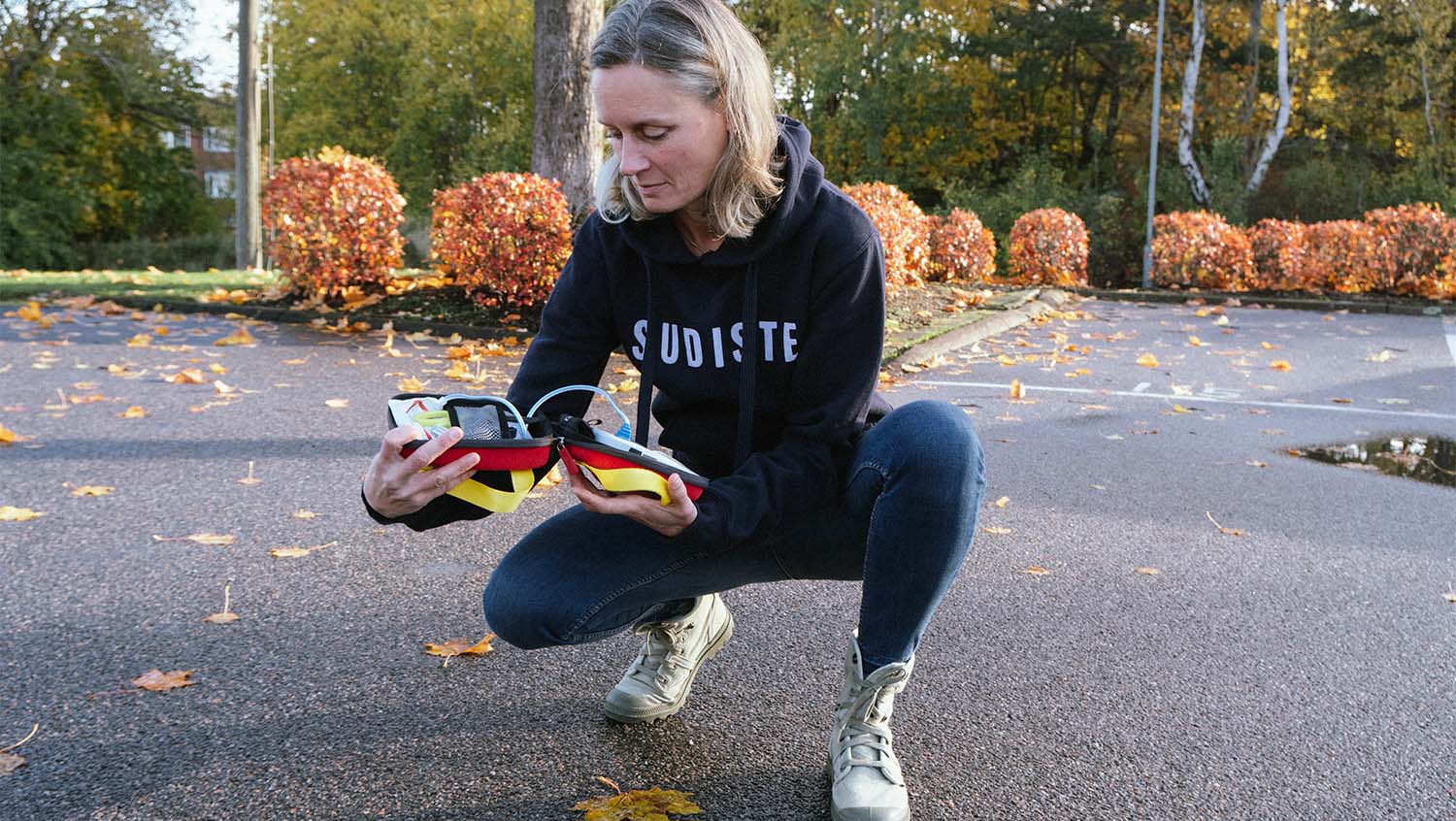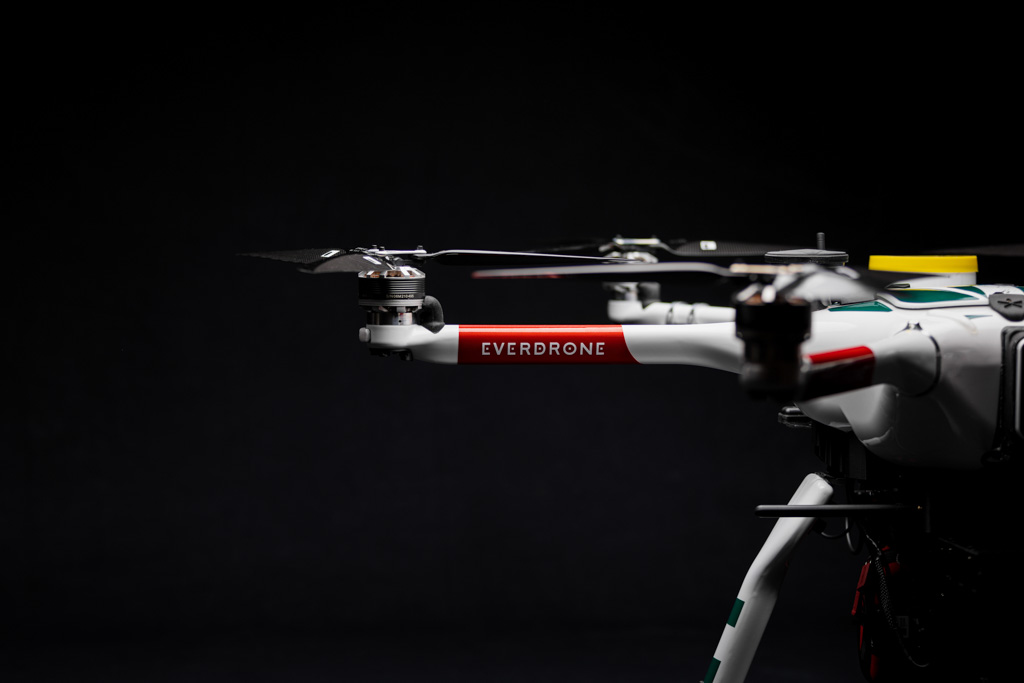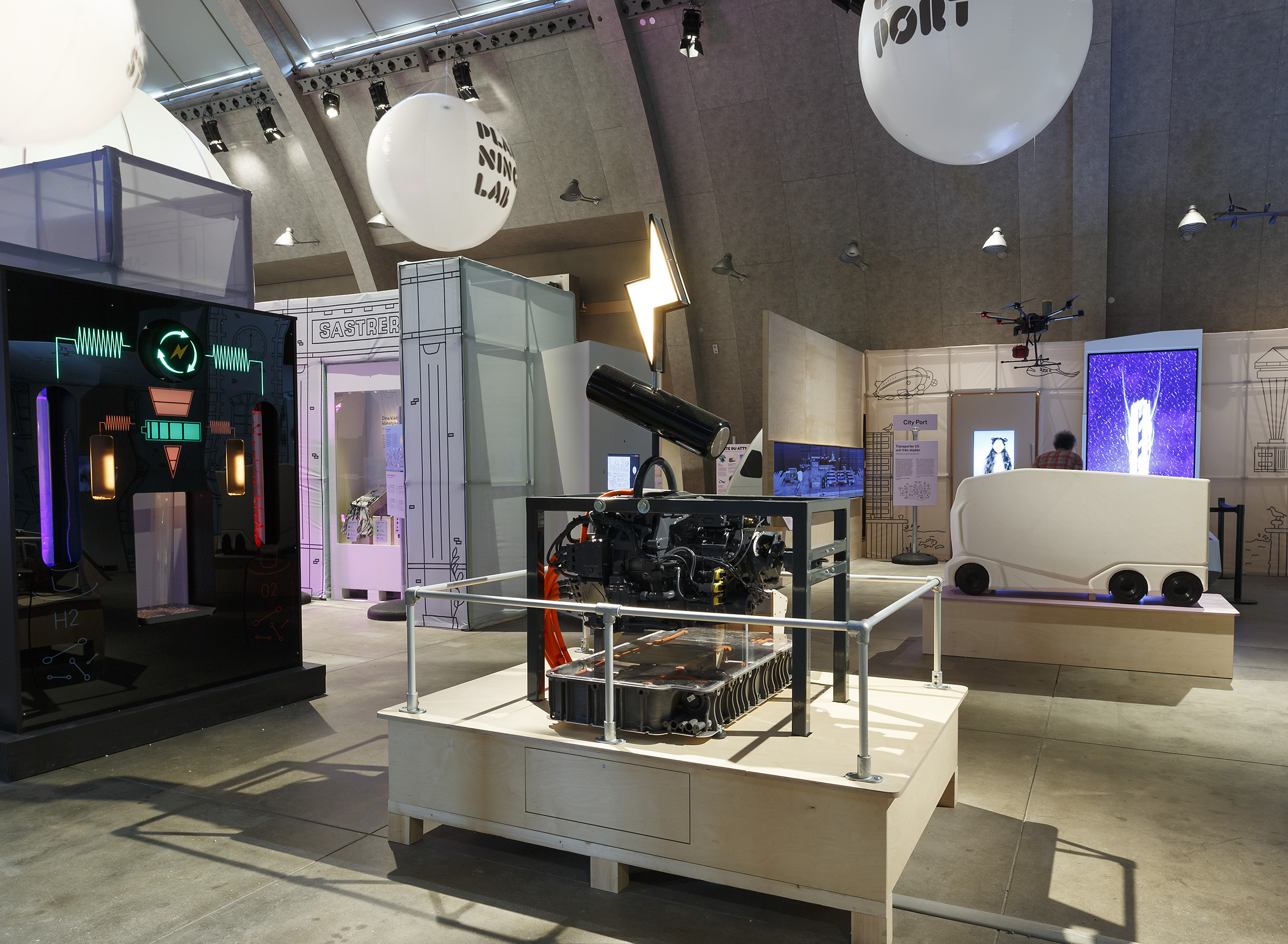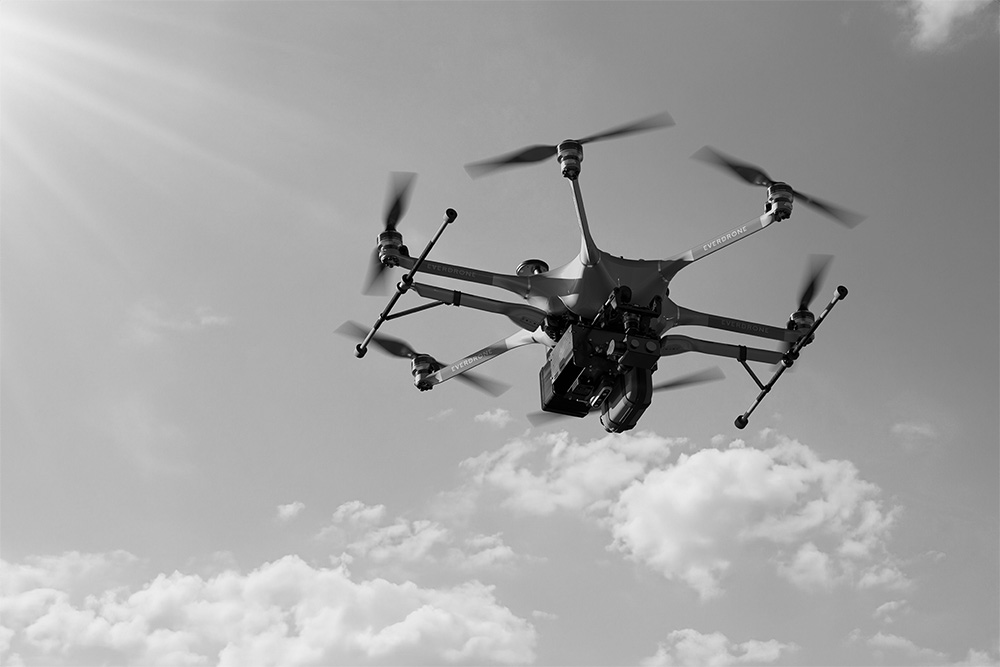When in doubt, follow the drone
Article 01.11.2021

For every minute saved in getting assistance and an automated external defibrillator (AED) to a person experiencing cardiac arrest, the chance of survival increases by 10%. Having
AED units delivered via drone is a way of getting the vital equipment where it needs to be in time to really make that difference. The Everdrone AED delivery program is a collaboration with Center for Resuscitation Science at Karolinska Institutet (KI) and SOS Alarm.
In cardiac arrest emergencies, every second counts and quick access to a defibrillator can be the difference between life and death. Drone delivery to locations without easy access to defibrillators, can be what makes the difference. But sometimes, the drone can also serve as a guide when the place the help is needed is hard to find, just as it did for Sofia Tiquet one early September morning in the western part of Gothenburg.
Sofia Tiquet works as an intensive care nurse in Gothenburg, Sweden’s second largest city. On top of her regular hospital duties, she’s also a registered citizen responder, responding specifically to emergencies concerning suspected cardiac arrests.
“I have training in CPR and see the on-call emergency duties as yet another way of helping out”, says Sofia.
In the case of cardiac arrest emergency, a signal is sent from the dispatch centre to Everdrone that activates an autonomous drone delivery of a defibrillator (AED) alongside with the traditional emergency services. Additionally, a push notification is sent to any citizen responders in the immediate surroundings through the “Heartrunner” initiative. On this occasion the alarm was sent just after 8:30 and Sofia was in her car ready to go just seconds later.
“I was home with my son when the alarm came through. I got in my car and drove immediately to the address, an area with quite a few apartment buildings close to where I live.”
But once there, Sofia couldn’t find the right apartment. The address was frustratingly hard to find, and as the seconds ticked by faster and faster, she turned her car around to search again.
“And that’s when I saw the drone. I immediately understood that it had to be the AED heading for the right spot, so I decided to follow it.”
Said and done. Sofia used the drone as her guiding beacon and arrived on site just as the drone was winching the AED to the ground. The conditions for a positive outcome were obviously much better with both a trained EMT and a defibrillator on site before the ambulance paramedics.


“I think that the Everdrone AED program is an excellent thing, a perfect complement to paramedics and people like me. The most important factor when it comes to heart failure is early CPR and defibrillation.”
This occasion, the time from that the alarm was sounded to the time the AED was delivered was just about seven minutes, however, Everdrone’s fastest delivery was completed in only 3,5 minutes.
“It’s a really smart solution that really can help to save lives. Especially in, for example residential areas, where there might not be AEDs easily accessible, having them quickly and efficiently delivered, is a way that the drone program really can make a difference.”
Everdrones autonomous drone systems can currently deliver AEDs to 200,000 residents within their service areas and performs flights to suspected out-of-hospital cardiac arrests several times per week. So, the next time you see a drone flying overhead, chances are that it’s on its way to deliver an AED to someone in need!



